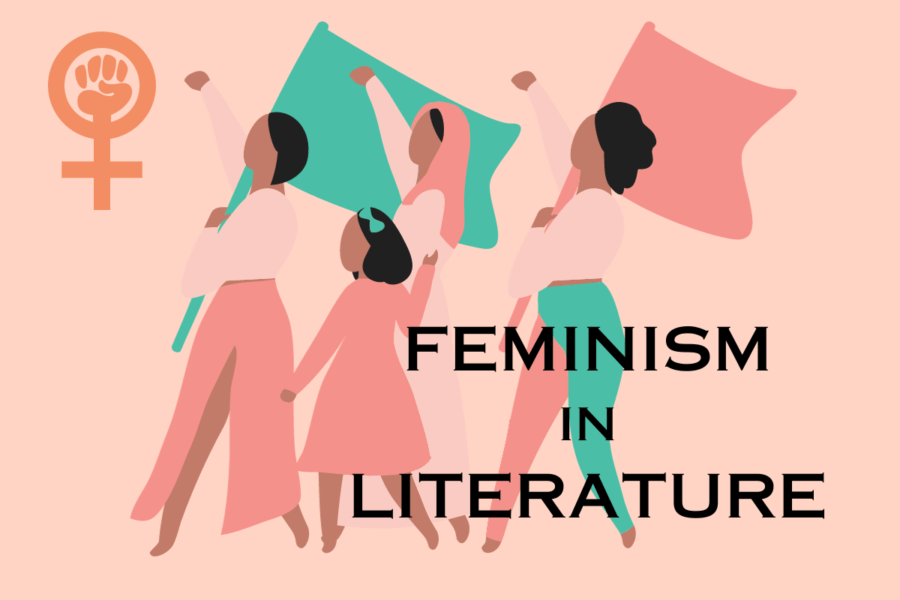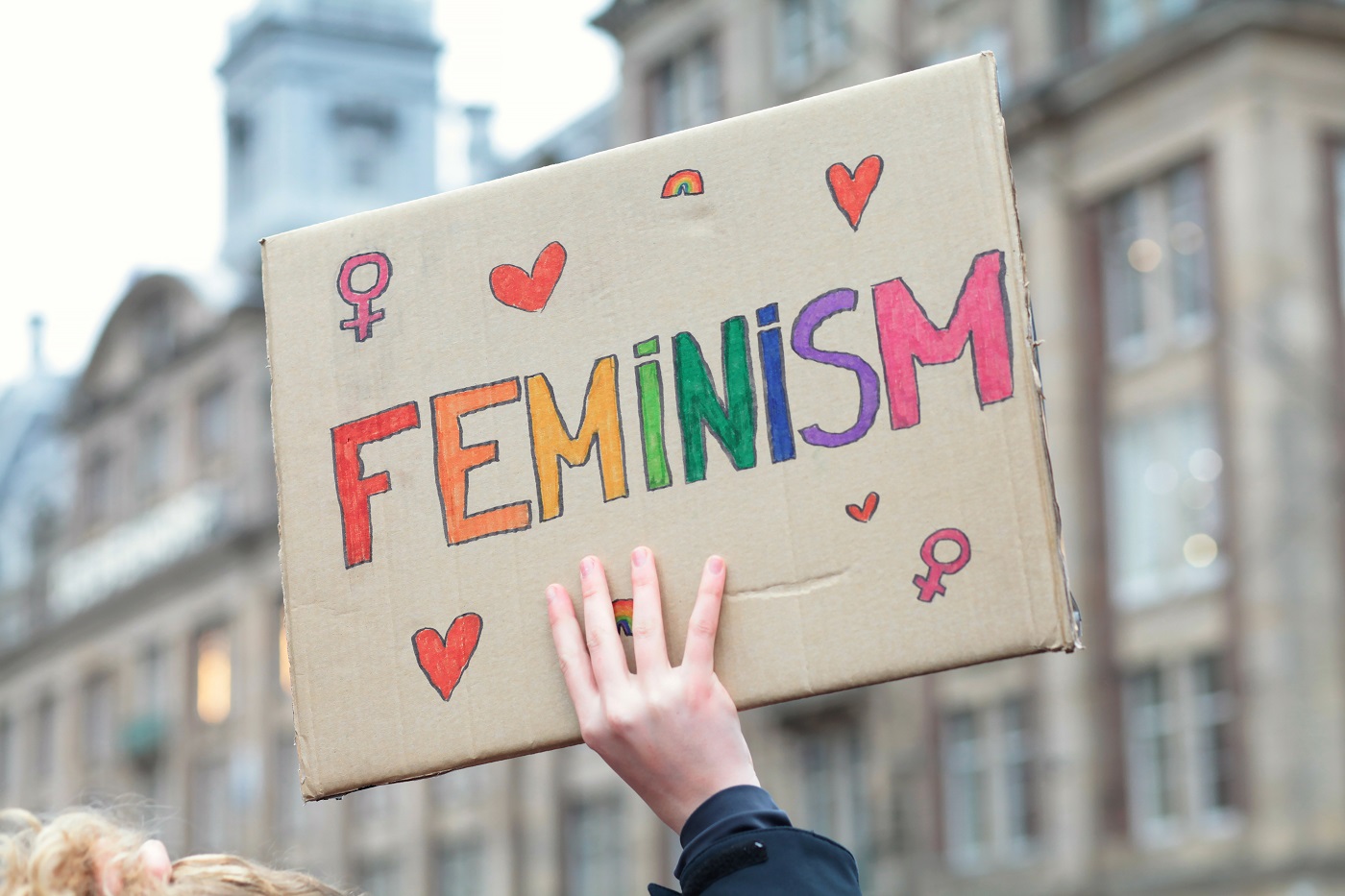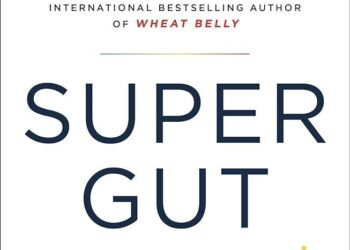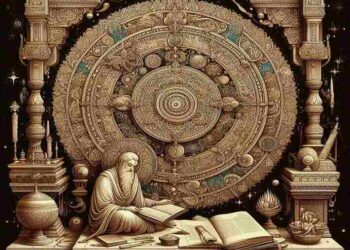Introduction
Feminism Influence on Contemporary Writing As a social and political movement, feminism has had a significant impact on literature, affecting the people that are featured in stories, the language itself, and the way that stories are delivered. Feminism has changed the literary landscape in ways that were unthinkable before to its ascent, from the 19th-century suffragist writers to the modern writers of today.
In addition to questioning how women are traditionally portrayed in literature, feminism has worked to elevate female voices who were previously excluded, ignored, or suppressed.
Feminist literature has its roots in the early female authors who dared to write about their lives and challenge social conventions. However, literature didn’t really start to capture the richness and diversity of women’s experiences until the 20th century, when second-wave feminism really took off.
The movement, which arose in the wake of the civil rights and women’s suffrage movements, aimed to question the patriarchal systems that dominated both literature and society, address structural gender inequalities, and investigate the role of women in society.
Early Feminist Literature: Challenging Traditional Gender Roles
Feminism in literature has deep roots, stretching back centuries to the works of pioneering women who dared to write in a world that relegated them to the private sphere. Early feminist writers such as Mary Wollstonecraft, Virginia Woolf, and the Brontë sisters challenged the traditional gender roles that limited women’s freedom and expression. Their works laid the foundation for modern feminist thought in literature by offering critical commentary on the restrictive roles assigned to women in both society and fiction.
Mary Wollstonecraft and “A Vindication of the Rights of Woman” (1792):
One of the first feminist texts in literature, Wollstonecraft’s A Vindication of the Rights of Woman argued for the education and empowerment of women. She challenged the prevailing notion that women were inherently inferior to men and posited that their subjugation was a result of societal conditioning rather than biological determinism. Wollstonecraft’s ideas about women’s autonomy and intellectual potential became a touchstone for future feminist literary theory, influencing both writers and thinkers across generations.
The Brontë Sisters – Charlotte, Emily, and Anne:
The works of the Brontë sisters, particularly Charlotte’s Jane Eyre and Emily’s Wuthering Heights, are often cited as early examples of feminist literature. These novels presented women who defied the conventional notions of femininity, challenging the limitations placed on their independence and desires.
The characters in these novels were complex, often struggling to assert their own identity and power in a society that demanded conformity. In Jane Eyre, Charlotte Brontë created a heroine who insists on her right to self-respect, freedom, and love, while Emily’s Heathcliff and Catherine in Wuthering Heights present a more destructive exploration of love and passion that defies social conventions.
Read More
Virginia Woolf and the Concept of “A Room of One’s Own” (1929):
In the early 20th century, Virginia Woolf took feminist literary criticism to another level with her groundbreaking essay, A Room of One’s Own. Woolf argued that for women to write and create literature, they needed both financial independence and a space of their own away from the distractions and constraints of domestic life.
Her essay highlighted the gender inequalities that existed in the literary world, both in terms of access to education and publishing opportunities. Woolf’s work directly challenged the male-dominated literary canon and called for a more inclusive understanding of creativity and authorship.

Second-Wave Feminism and the Explosion of Female Voices
While early feminist writers laid the groundwork, it was during the second wave of feminism in the 1960s and 1970s that feminist literature began to gain significant traction. This era saw the explosion of women’s voices in literature, as female authors increasingly sought to explore their own experiences, often from a critical perspective. The second-wave feminist movement, which focused on issues such as reproductive rights, workplace equality, and sexual liberation, found a powerful ally in the literary world.
Simone de Beauvoir and The Second Sex (1949):
Simone de Beauvoir’s The Second Sex is often credited with having a monumental impact on feminist theory and literature. In this text, de Beauvoir famously stated, “One is not born, but rather becomes, a woman,” arguing that gender is not an inherent quality but a social construct. This radical assertion of gender as performance rather than biology became a foundational idea for feminist writers, prompting them to question and redefine the roles that women were expected to play in both society and literature.
Betty Friedan and The Feminine Mystique (1963):
Although not a work of fiction, Betty Friedan’s The Feminine Mystique played a crucial role in shaping feminist literature by exploring the dissatisfaction and alienation experienced by many middle-class women in post-World War II America. Friedan’s critique of the “cult of domesticity” and the stifling roles of wives and mothers resonated with many readers and helped ignite a broader cultural conversation about gender inequality.
Read More
The Emergence of Women Writers in the 1970s and 1980s:
The second wave of feminism saw the rise of prolific women writers such as Toni Morrison, Sylvia Plath, Maya Angelou, and Margaret Atwood. These authors used their writing to explore themes such as the intersection of race and gender, mental illness, sexuality, and women’s autonomy. In her Pulitzer Prize-winning novel Beloved (1987), Toni Morrison explored the devastating effects of slavery on women, particularly the psychological trauma that women experienced as both mothers and slaves. Similarly, Sylvia Plath’s The Bell Jar (1963) offered a haunting portrayal of mental illness through the lens of a young woman’s struggles, while Maya Angelou’s I Know Why the Caged Bird Sings (1969) captured the complexities of growing up as a Black woman in America.
Margaret Atwood’s The Handmaid’s Tale (1985):
Margaret Atwood’s The Handmaid’s Tale is one of the most famous feminist dystopian novels, offering a chilling vision of a future in which women’s rights are stripped away and reproductive roles become their primary value. Atwood’s exploration of power, gender, and control resonates with readers today as it raises crucial questions about autonomy, surveillance, and societal structures. The novel has become an important text for feminist discussions on reproductive rights and the role of women in patriarchal systems.
Intersectionality and the Expanding Feminist Canon
As feminism evolved, so did its literature. The rise of intersectional feminism — which recognizes the ways in which race, class, sexuality, and other identity factors intersect to shape an individual’s experience of oppression — influenced the literary world, prompting the inclusion of voices that had long been excluded from mainstream feminist discourse.
Audre Lorde, Bell Hooks, and the Intersection of Race and Feminism:
Audre Lorde and Bell Hooks were instrumental in pushing feminist literature to consider race, class, and sexual orientation alongside gender. Lorde’s poetry and essays, such as Sister Outsider (1984), emphasized the importance of embracing difference and the need for solidarity among marginalized women. Lorde, a Black lesbian feminist, criticized the white, middle-class focus of mainstream feminism and advocated for a more inclusive movement that acknowledged the multiplicity of women’s identities.
Bell Hooks, in works such as Ain’t I a Woman? (1981), challenged the feminist movement to confront its own racial biases and explore the ways in which Black women experience oppression differently from white women. Both Lorde and Hooks broadened the feminist literary landscape, highlighting the importance of diverse perspectives in understanding the full scope of women’s experiences.
The Global Feminist Movement and Literature:
Feminism’s global influence has expanded the boundaries of feminist literature, bringing forward works from women across the world. Authors such as Chimamanda Ngozi Adichie, Arundhati Roy, and Zadie Smith use literature to explore themes of identity, migration, cultural conflict, and the complexities of womanhood in a globalized world.
Adichie’s Half of a Yellow Sun (2006) explores the effects of the Nigerian Civil War on women, while Roy’s The God of Small Things (1997) delves into the tensions between love, class, and social expectations in India. These works represent a shift in feminist literature that acknowledges the global diversity of women’s experiences and highlights the intersections of culture, politics, and gender.

Conclusion
Without a question, feminism has had a significant influence on contemporary literature. Feminist literature has produced a vibrant and changing literary scene, from the early pioneers who battled for women’s voices to be heard to the current writers who still question conventional gender conventions. Feminist writing today critically examines the systems that have traditionally defined and limited women’s roles in society in addition to reflecting the real experiences of women.
By highlighting the complexity of women’s experiences across race, class, and sexual orientation and elevating the voices of underrepresented groups, the emergence of intersectionality has broadened the scope of feminist writing. By doing this, feminist fiction keeps pushing the envelope, changing stories, and investigating fresh perspectives on gender and power. Feminist writers are at the vanguard of determining the future of literature, whether through modern novels, poetry, or essays, making sure that women’s voices continue to be at the center of the discussion.
Read More
FAQ
1. How did feminist literature begin?
Feminist literature began in the 18th and 19th centuries with works like Mary Wollstonecraft’s A Vindication of the Rights of Woman, which challenged the traditional roles of women in society. Early feminist writers sought to change how women were represented in literature and advocated for the recognition of their voices.
2. What impact did second-wave feminism have on literature?
Second-wave feminism, which gained prominence in the 1960s and 1970s, led to the emergence of many influential women writers who explored themes such as reproductive rights, sexuality, and mental illness. Writers like Sylvia Plath, Toni Morrison, and Margaret Atwood contributed to a broader understanding of women’s experiences and created literary works that became important feminist texts.
3. What is intersectional feminism in literature?
Intersectional feminism in literature recognizes that women’s experiences are shaped not only by gender but also by race, class, sexuality, and other identities. It emphasizes the importance of including diverse voices and perspectives to better understand the complexities of women’s lives.
4. How can feminist literature influence modern society?
Feminist literature challenges traditional gender roles, exposes inequalities, and provides new ways of thinking about power and identity. By engaging with these works, readers can gain a deeper understanding of gender dynamics and become more aware of the social issues that affect women today.
5. What are some key feminist works of modern literature?
Some key feminist works of modern literature include The Handmaid’s Tale by Margaret Atwood, Beloved by Toni Morrison, The Bell Jar by Sylvia Plath, and Half of a Yellow Sun by Chimamanda Ngozi Adichie. These works explore various aspects of women’s lives, from personal struggles to larger societal issues.
















